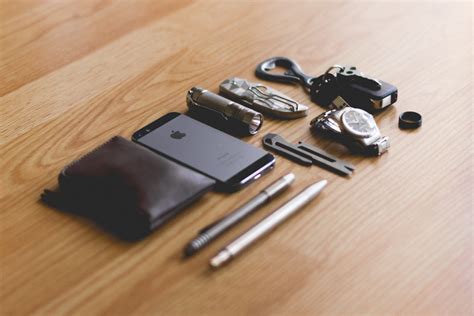What ergonomic desk gear maximizes focus & productivity for high-performance work?
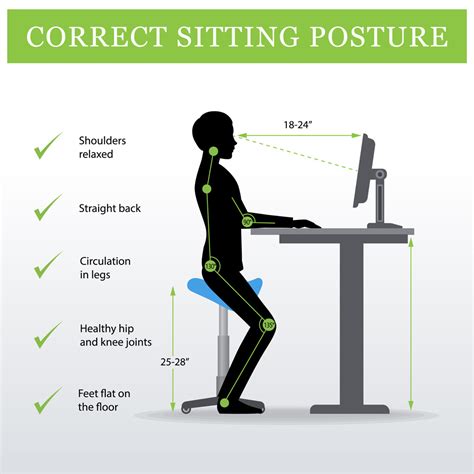
The Foundation of High-Performance: Why Ergonomics Matters
In today’s demanding professional landscape, high-performance work isn’t just about skill or effort; it’s profoundly influenced by the environment in which that work takes place. An uncomfortable, poorly configured workspace can lead to distractions, pain, and ultimately, a significant drop in focus and productivity. Ergonomic desk gear isn’t a luxury; it’s a strategic investment for anyone serious about maximizing their output and maintaining long-term well-being.
The goal of an ergonomic setup is to align your body in a neutral, relaxed posture, minimizing strain on muscles, joints, and eyes. This not only prevents common work-related injuries like carpal tunnel syndrome or back pain but also frees your mind from physical discomfort, allowing it to dedicate full attention to complex tasks.
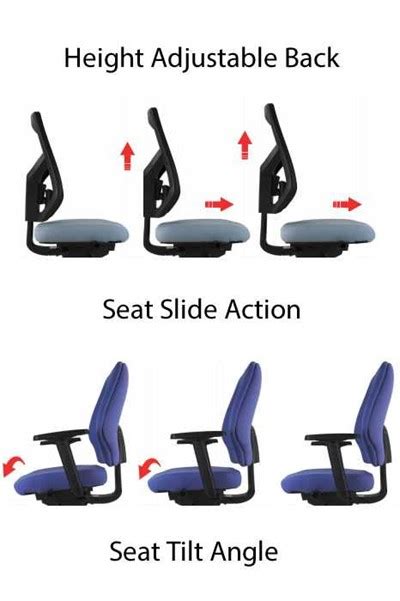
The Cornerstone: An Exceptional Ergonomic Chair
No single piece of gear impacts your daily comfort and posture more than your office chair. A truly ergonomic chair goes far beyond basic adjustability; it supports the natural curve of your spine, provides lumbar support, and allows for adjustments in seat depth, armrest height, and tilt tension. Key features to look for include:
- Lumbar Support: Adjustable to fit the curve of your lower back.
- Seat Depth: Ensures proper thigh support without pressure behind the knees.
- Armrests: Adjustable in height and pivot to support forearms, keeping shoulders relaxed.
- Breathable Material: Prevents heat buildup, especially during long sessions.
Investing in a high-quality ergonomic chair like those from Herman Miller, Steelcase, or similar brands is paramount. It’s the foundation upon which all other ergonomic improvements are built, directly reducing back pain and improving circulation, which are crucial for sustained focus.
Dynamic Work: The Adjustable Standing Desk
Static sitting for prolonged periods is detrimental to health and can lead to lethargy. An adjustable standing desk offers the flexibility to alternate between sitting and standing throughout the day, which is vital for maintaining energy levels and reducing the risk of sedentary lifestyle diseases. The ability to switch postures promotes better circulation, reduces back strain, and can even boost cognitive function by increasing blood flow to the brain.
When choosing a standing desk, prioritize stability, smooth and quiet height adjustment mechanisms (electric is preferred), and a programmable memory function to easily recall your preferred sitting and standing heights. Pair it with an anti-fatigue mat for standing comfort.
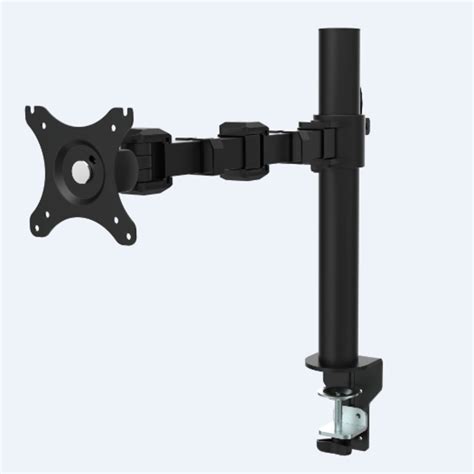
Visual Comfort: Monitor Arms and Ergonomic Display Setup
Your monitor setup profoundly affects eye strain and neck posture. Monitors should be positioned at arm’s length, with the top of the screen at or slightly below eye level. For dual or multi-monitor setups, monitor arms are indispensable. They allow for precise positioning, freeing up desk space and enabling easy adjustment for optimal viewing angles.
Using monitor arms helps prevent slouching and craning your neck, common causes of headaches and upper back pain. Ensure your screen resolution and font sizes are comfortable to read, and utilize blue light filters or f.lux-like software to reduce eye strain, especially during evening hours.
Precision & Prevention: Ergonomic Keyboard and Mouse
Repetitive strain injuries (RSIs) are common among high-performance workers who spend hours typing and clicking. An ergonomic keyboard and mouse are crucial for preventing these issues and improving input efficiency. Ergonomic keyboards often feature a split design, tenting, or a negative tilt to keep your wrists in a neutral position, minimizing deviation.
For mice, consider vertical mice, trackballs, or ambidextrous options that allow for a more natural hand position, reducing wrist pronation. Test different options to find what feels most comfortable and intuitive for your hand size and work style. The goal is to keep your wrists straight and relaxed, letting your arms do the majority of the movement.

Beyond the Basics: Lighting, Sound, and Air Quality
While often overlooked, environmental factors play a significant role in focus. Proper lighting, ideally natural light, reduces eye strain. Supplement with a good quality task lamp that offers adjustable brightness and color temperature. Minimizing distractions also means managing sound; noise-canceling headphones can be invaluable in open-plan offices or noisy home environments. Additionally, consider an air purifier for better air quality, which can subtly enhance concentration and overall well-being.
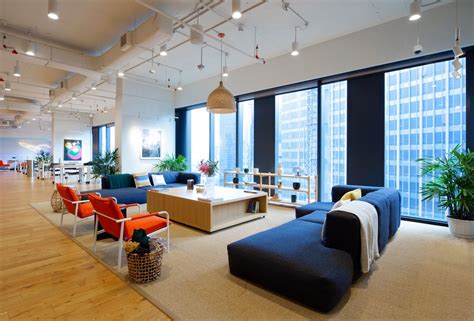
Smart Accessories for an Optimized Workflow
A few key accessories can further refine your ergonomic setup:
- Footrest: If your feet don’t comfortably rest flat on the floor, a footrest can maintain proper leg and lower back alignment.
- Anti-Fatigue Mat: Essential for comfort when using a standing desk for extended periods.
- Cable Management: A tidy workspace reduces visual clutter and potential trip hazards, contributing to a calmer, more focused environment.
- Document Holder: Keeps reference materials at eye level, reducing neck strain.
These seemingly small additions collectively create a more organized and comfortable workspace, reducing micro-distractions and allowing your mind to stay on task.
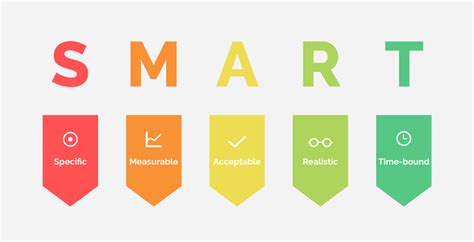
Integrating Technology for Health and Productivity
Modern ergonomic setups can also leverage technology. Apps that remind you to take breaks, stand up, or perform stretches are excellent companions. Smart desk control panels can log your sit/stand ratios. Wearable tech can monitor posture and activity levels, providing data-driven insights into your work habits. By embracing these technological aids, you can proactively manage your physical well-being and maintain peak performance throughout your workday.
Conclusion: A Holistic Approach to High-Performance Ergonomics
Maximizing focus and productivity in high-performance work is an ongoing journey, and ergonomic desk gear is your most powerful ally. By systematically upgrading your chair, desk, monitor setup, input devices, and environmental factors, you create a workspace that not only prevents physical ailments but actively supports sustained concentration and mental clarity. It’s not just about comfort; it’s about engineering an environment where your best work can thrive, unhindered by physical limitations or distractions. Invest wisely, adjust regularly, and feel the profound impact on your professional output and personal well-being.







